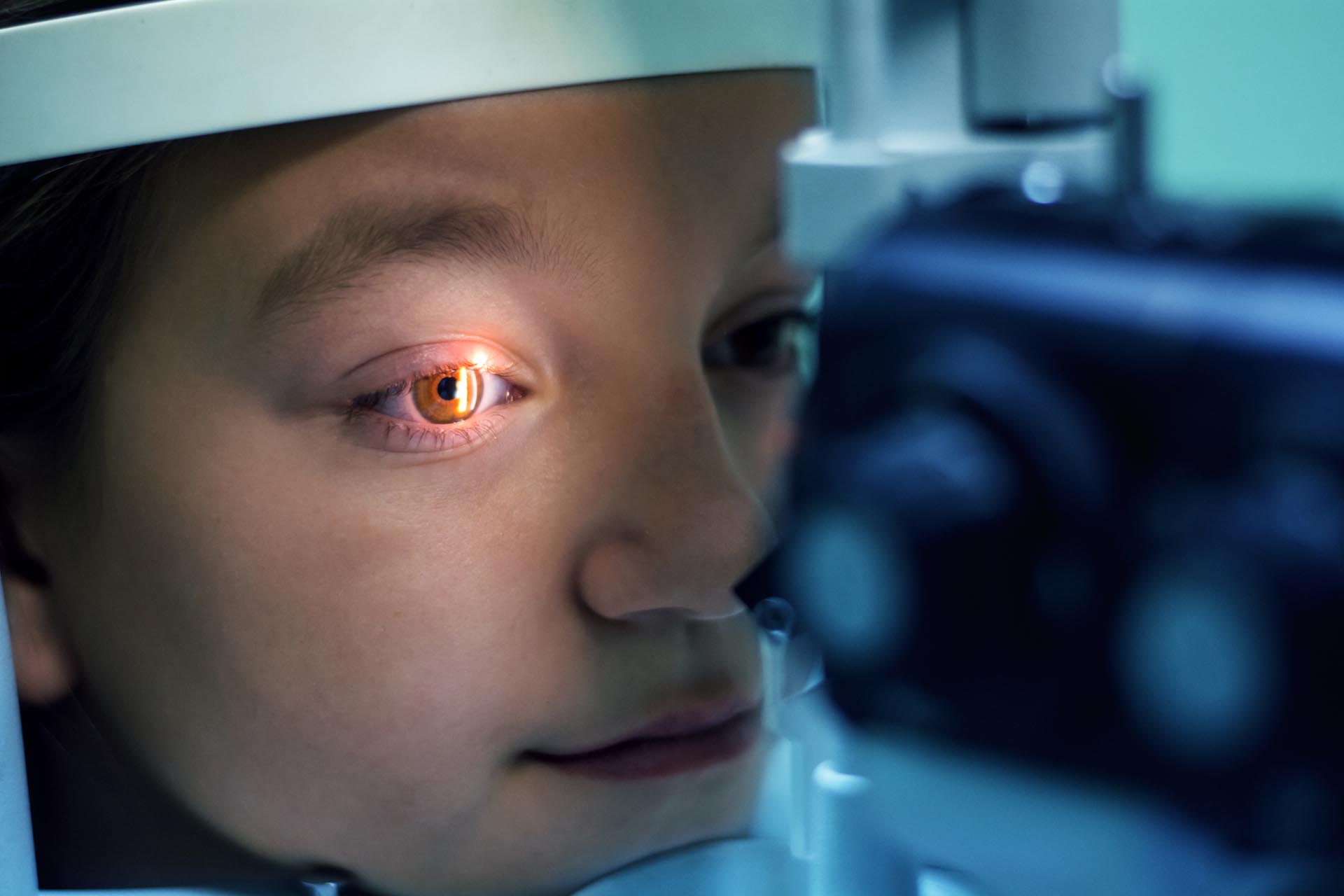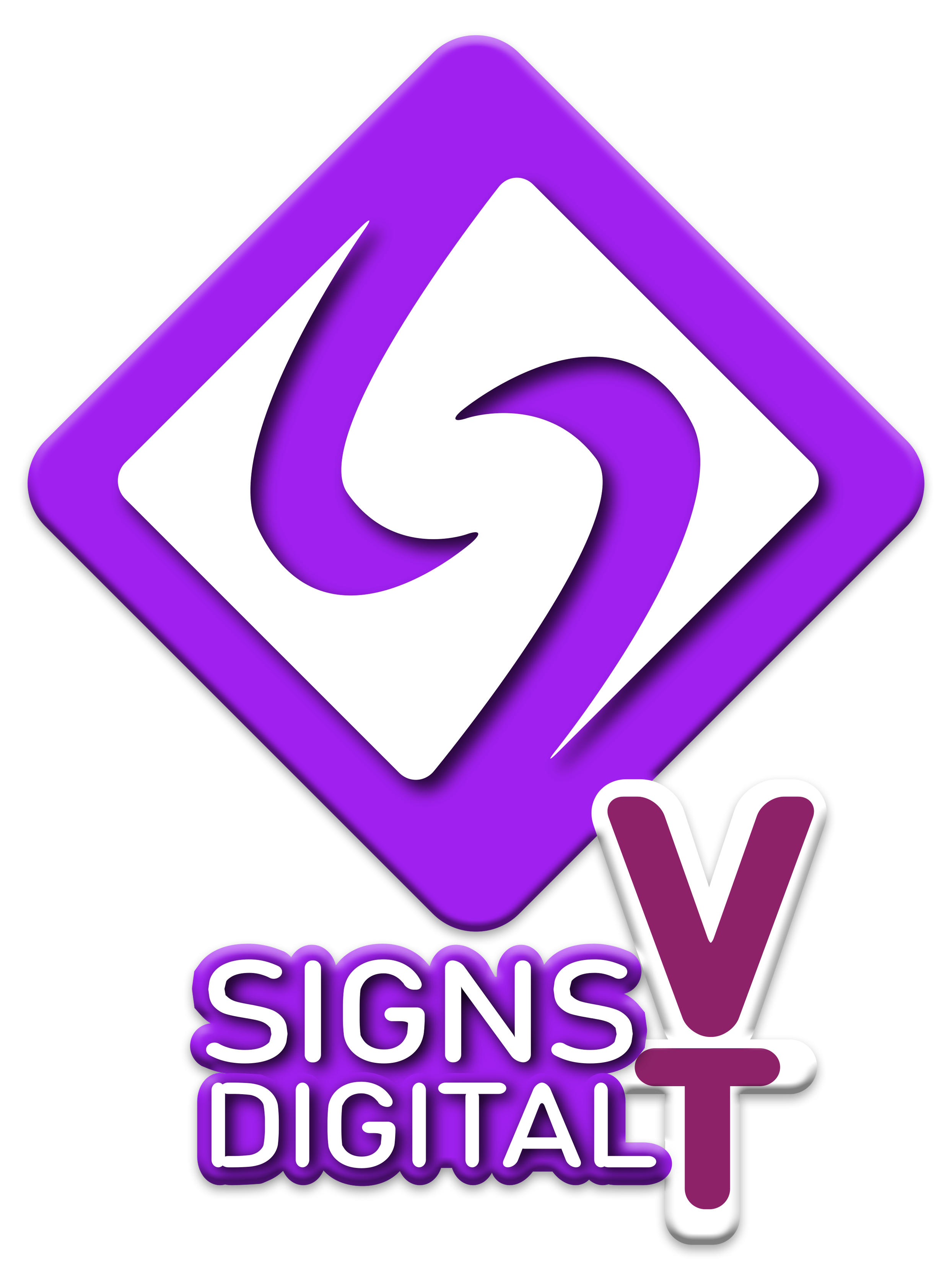Children's Vision & Learning Month

Every child's journey to success begins with their ability to learn and engage with the world around them. Their vision is a crucial component of this journey, as it plays a fundamental role in the learning process.
Children's Vision & Learning Month observed annually, shines a spotlight on the critical connection between vision and education. This dedicated month serves as a platform to raise awareness, promote early detection, and provide necessary interventions for children facing vision disabilities.
Vision disabilities encompass a range of conditions that affect a child's ability to see clearly and process visual information effectively. These disabilities can have a profound impact on a child's academic performance, social interactions, and overall quality of life. Common vision disabilities include:
Refractive Errors: Conditions like short-sightedness (myopia), long-sightedness (hyperopia), and astigmatism can distort a child's vision, leading to difficulties in reading, writing, and participating in classroom activities.
Amblyopia (Lazy Eye): Amblyopia occurs when one eye has weaker vision than the other, reducing depth perception and visual integration. This condition can affect a child's ability to track moving objects, affecting sports and activities requiring coordination.
Strabismus (Crossed Eyes): Strabismus is a misalignment of the eyes, which can lead to double vision and challenges in focusing. This can impact a child's ability to concentrate on reading and tasks that require eye coordination.
Visual Processing Disorders: These disorders affect how the brain interprets visual information. Difficulties in visual memory, visual-motor integration, and visual discrimination can hinder reading comprehension and other cognitive tasks.
Color Blindness: Color blindness affects a child's ability to perceive certain colors accurately, potentially impacting subjects like art and science.
Children with disabilities, including those related to vision, benefit immensely from early detection and intervention. Regular eye exams, conducted by trained professionals, play a crucial role in identifying vision disabilities at an early stage.
Early detection not only helps address vision problems but can also prevent potential learning difficulties and promote healthy visual development. Timely interventions, such as eyeglasses, vision therapy, or medical treatments, can significantly improve a child's ability to engage in educational activities and reach their full potential.
Children's Vision & Learning Month emphasizes the importance of inclusive education for children with disabilities. Inclusive classrooms provide a supportive environment where diverse learning needs are met, including those related to vision disabilities.
Children's Vision & Learning Month serves as a reminder that vision disabilities are not insurmountable barriers to educational success. With early detection, appropriate interventions, and a commitment to inclusive education, children with disabilities can thrive academically and socially.
Tags: Pwds
Related
Share this article
I specialize in developing compelling stories and leading teams to produce high-quality, impactful journalism.
View articles

